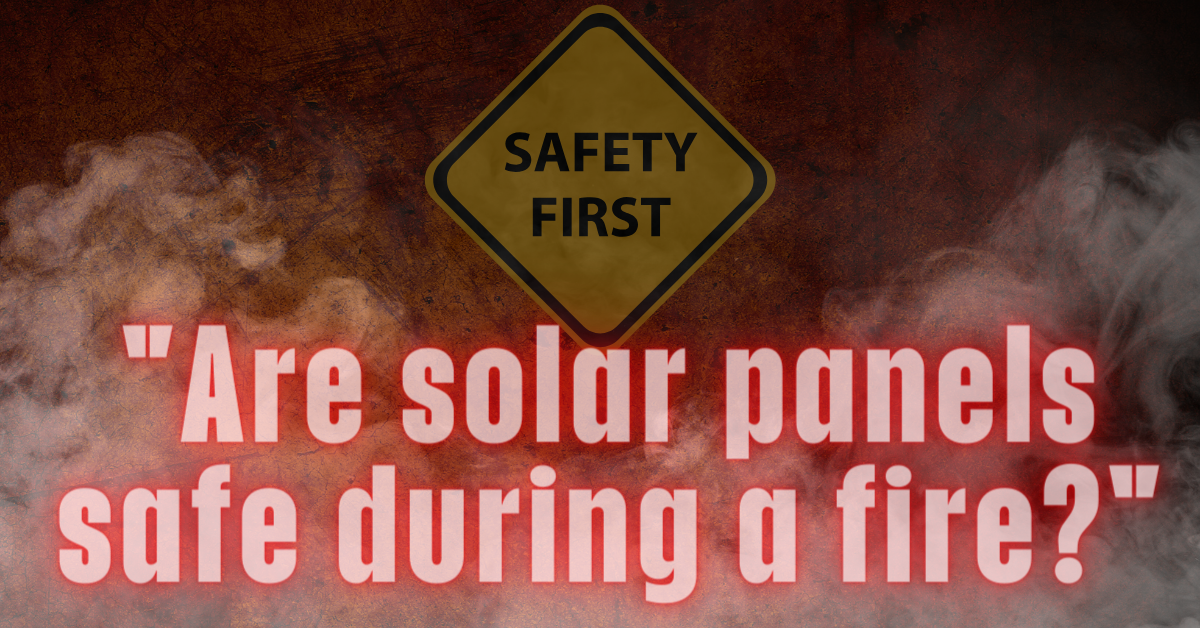“Are solar panels safe during a fire?”
This question arises due to concerns about the potential risks associated with solar panels in the event of a fire.
In recent years, solar energy has emerged as a sustainable and efficient alternative to traditional power sources. As more individuals and businesses embrace solar technology, it’s essential to address concerns regarding safety, particularly during emergencies such as fires. In this article, we’ll explore some key considerations surrounding solar safety and introduce effective solutions to mitigate risks.
Understanding the Risks:
One of the primary concerns with solar installations is the risk of electrical hazards during fires. Unlike conventional power sources, solar panels continue to generate electricity even when exposed to flames, creating a potential danger for firefighters and bystanders. The presence of live wires and energized equipment can complicate firefighting efforts and increase the likelihood of electrical shock or injury.
Mitigating the Risks:
To address these risks, it’s crucial to implement effective safety measures that can quickly and efficiently deactivate solar panels during emergencies. One such solution is PVStop, a liquid blanket designed to safely de-energize PV panels in the event of a fire. By applying PVStop (see the video) to the affected area, emergency responders can mitigate electrical hazards and enhance the safety of firefighting operations.
Training and Awareness:
In addition to deploying safety solutions, proper training and awareness are essential for ensuring the safety of solar installations. Firefighters and other emergency responders should receive comprehensive training on how to identify and manage electrical hazards associated with solar panels. This includes understanding the unique characteristics of solar technology and implementing appropriate safety protocols during firefighting operations. (PVStop Training)
Regulatory Compliance:
Regulatory agencies and industry standards play a crucial role in ensuring the safety of solar installations. Companies operating in the solar industry must adhere to relevant regulations and standards to minimize risks and ensure compliance with safety guidelines. By prioritizing regulatory compliance, businesses can demonstrate their commitment to safety and provide peace of mind to customers. Please see “PV System: how to ensure safety during normal operation p.5
Proposed Interim Guideline for the wiring of LV grid-embedded PV installations not exceeding 1000kVA in South Africa (This guideline should only be used until a national standard is in place)
Please see “PV System: how to ensure safety during normal operation” p.5
Conclusion:
As the demand for solar energy continues to grow, it’s imperative to prioritize safety and implement effective solutions to mitigate risks. By understanding the potential hazards associated with solar installations and deploying appropriate safety measures, we can enhance the safety of solar systems and protect lives and property in the event of emergencies.
Visit PVStop website for more information, articles and case studies

